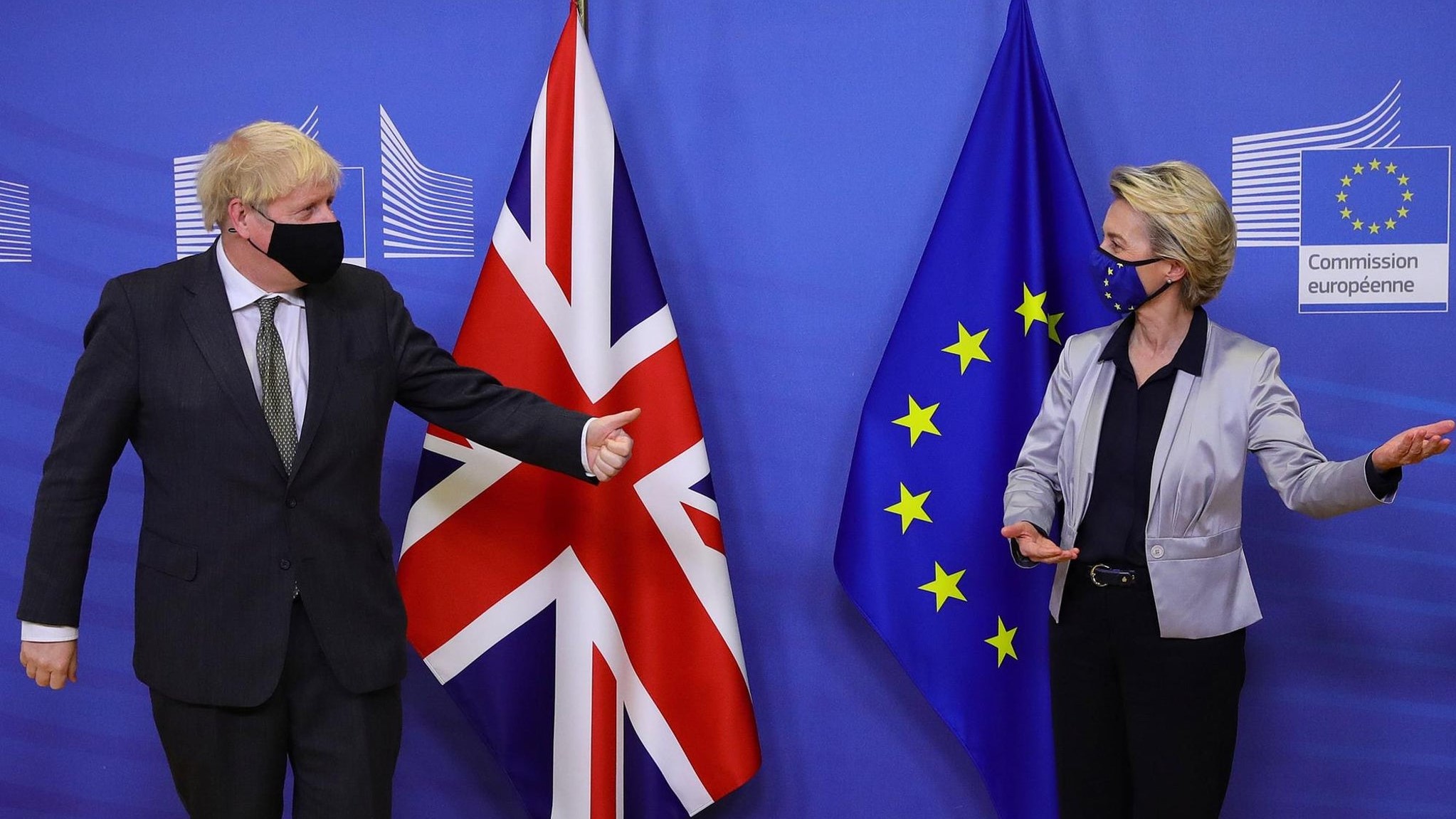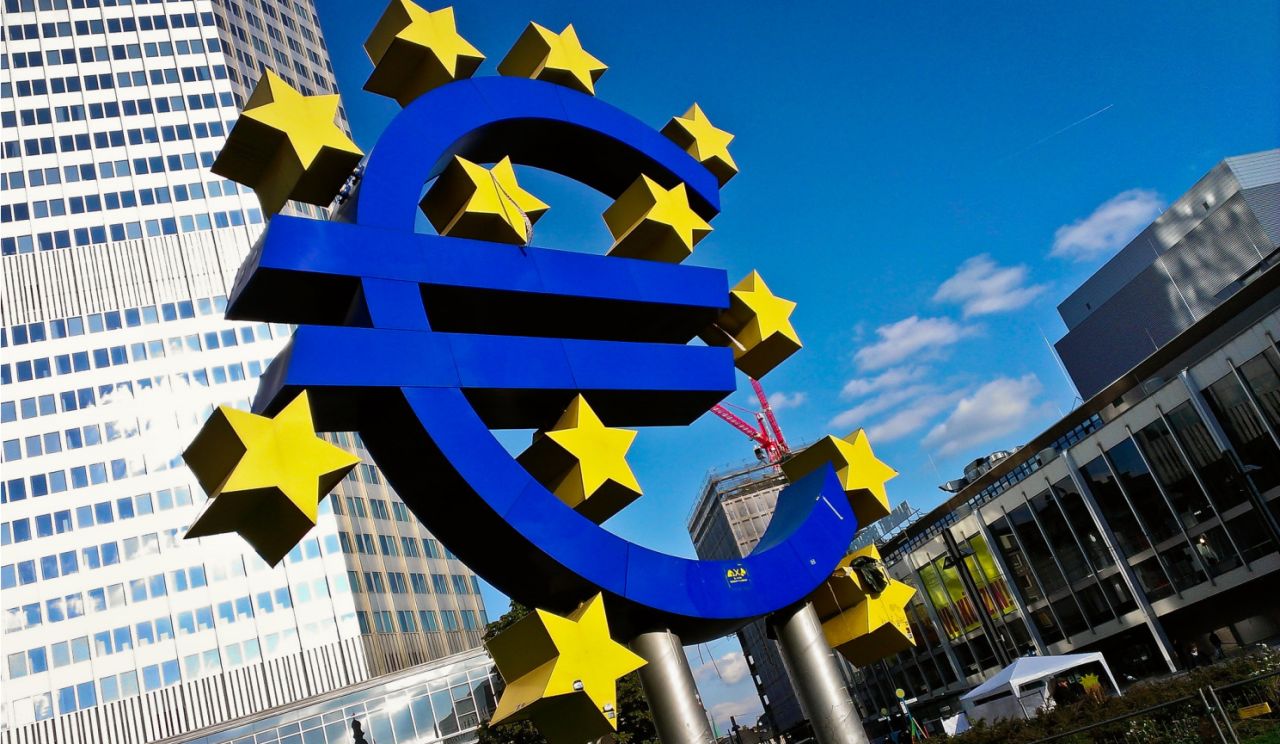On Christmas Eve 2020, the United Kingdom (UK) and the European Union (EU) concluded their negotiation of the agreement that will govern their future trading relationship, at least for the time being. Although legally the UK left the EU a year ago, a transition agreement (that effectively meant nothing changed) was in place throughout 2020, so 2021 will be the first year in which Brexit has meant anything from an economic perspective. The new agreement, formally known as the EU-UK Trade and Cooperation Agreement, sets out the terms under which the UK and the EU will trade going forward.
The UK Trade policy observatory (UKTPO), working without full access to the final agreement, have modelled the impact of the FTA relative to a base case of continued EU membershipi. They conclude that bilateral trade between the UK and EU will fall, over the medium term, by close to 30% relative to the baseline, with EU exports falling slightly more than UK exports in percentage terms. Given the asymmetry of the goods trade, this implies a meaningfully larger monetary loss to the EU albeit spread among a much larger economy. Trade diversion is the major consequence of the introduction of friction to the trading relationship with Asia being the biggest beneficiary in terms of replacing lost EU exports to the UK. In terms of GDP, the study concludes that the UK economy will be about 4.4% smaller in the medium term than would otherwise be the case, versus a 5.5% shrinkage under WTO terms.
But does this analysis paint too pessimistic a picture? The UKTPO study makes various assumptions about the costs of trade friction that may prove to be too high. For example, they assume customs formalities cost 2% of the value of the consignment. A number of studiesii suggest that 1% may be more appropriate and some large UK firms with deep experience of exporting around the world claim the costs amount to no more than a few basis points. In addition, the UKTPO study attributes a 3.5% cost to ROO compliance. Clearly, the cost will be industry specific but the more complex the supply chain, broadly speaking, the higher the value of the consignment – autos for example – and so again this may well prove conservative. A drop in these frictional costs from the assumed 5.5% to 2% would be the equivalent of removing all the tariffs again (a 3.5% drop in trade costs) leaving a more modest welfare gap to be closed by other means.
There is, of course, much more to the EU-UK economic relationship than the trade in goods. Overseas visitors, 70% of whom come from the EU, spent GBP28bn in the UK in 2019. Similarly, EU countries dominate the destinations of choice for UK residents traveling abroad. UK residents spent GBP67bn while overseas in 2019. Visa free travel for up to 90 days should leave the tourist and business travel industry largely unimpacted but the financial services industry is not well covered by the existing deal as it stands. The performance of financial services sector in the UK going forward will perhaps be a key test of whether the regulatory freedom that departure from the EU has brought about can be put to good use.
The agreement means that the worst potential outcomes from Brexit have been avoided and both parties have achieved their political objectives. Arbitration of disputes will not be carried out by EU institutions and the level playing field provisions permit regulatory change, albeit potentially at the expense of incurring proportionate costs. The success or failure of Brexit from a UK perspective will now depend on its ability to use the agreement to maintain its role in European wide value chains and its ability to deepen the UK’s trading relationship with the rest of the world.
i https://blogs.sussex.ac.uk/uktpo/files/2020/12/BP51FTA241220.pdf
ii https://briefingsforbritain.co.uk/customs-costs-post-brexit-long-version/#_edn5
© The Hinrich Foundation. See our website Terms and conditions for our copyright and reprint policy. All statements of fact and the views, conclusions and recommendations expressed in this publication are the sole responsibility of the author(s).





